Imagine a world where the ocean’s tides swallow up entire coastlines while storms rage with unrestrained fury. Now, picture a silent, green guardian—gnarled roots and lush leaves—standing between us and the water’s wrath. That protector is the mangrove forest. Yet, across the globe, these unique ecosystems are vanishing, leaving millions dangerously exposed. The story of mangroves is not just about disappearing trees; it’s about the fate of coastal communities, wildlife, and the delicate balance of our environment. Their loss is not just an environmental tragedy; it is a human one.
Mangroves: Nature’s Living Barriers
Mangroves are remarkable trees and shrubs that thrive where most plants would perish—along salty, muddy coastlines. Their roots twist and arch above the water, creating a living fortress against the relentless push of tides and storms. These roots trap sediment, reduce erosion, and slow the surge of waves, acting much like a natural seawall. In some parts of the world, such as Bangladesh and Florida, mangroves have been credited with saving lives during devastating cyclones and hurricanes. Their very presence absorbs the force of storm surges, shielding inland communities from catastrophic flooding. Without mangroves, the ocean’s power would be felt more directly and destructively.
The Science Behind Mangrove Protection
What makes mangroves so effective at flood defense lies in their intricate root systems. These roots, often called “prop roots” or “pneumatophores,” stick out of the muddy ground like the legs of a giant insect. As water rushes in, the roots dissipate wave energy, breaking the force of incoming tides. Scientists have measured wave reduction of up to 66% in dense mangrove forests. Beyond that, the trees trap sediment, gradually building up the land and making coastlines more stable over time. This natural engineering is something no man-made barrier can fully replicate, especially in the face of rising sea levels and stronger storms.
Biodiversity Havens in Peril
Mangrove forests are bustling hubs of life. Their tangled roots offer shelter and nursery grounds for countless creatures—from tiny fish and crabs to majestic birds and rare reptiles. In fact, over 1,500 species of animals and plants depend on mangroves for survival. These rich ecosystems provide food for coastal communities and support fisheries that feed millions. When mangroves vanish, entire food webs unravel, putting both wildlife and human livelihoods at risk. The loss of these habitats is like pulling a vital thread from nature’s tapestry, causing ripples that extend far beyond the shoreline.
Carbon Sinks: Mangroves and Climate Change

Mangroves do more than defend coasts—they are climate champions. Their dense roots and peat-rich soils store massive amounts of carbon, helping slow the pace of global warming. Scientists estimate that mangroves sequester up to four times more carbon per hectare than rainforests. When these forests are destroyed, that stored carbon is released back into the atmosphere, accelerating climate change. The disappearance of mangroves is a double blow; not only do we lose natural flood protection, but we also lose a crucial ally in the fight against carbon pollution.
Human Pressures: The Causes of Mangrove Loss
Despite their importance, mangroves are under siege from human activity. In many tropical countries, coastal land is cleared for shrimp farming, agriculture, and urban development. Mangrove wood is also harvested for fuel and construction. Pollution from cities and farms poisons the delicate balance of salt and freshwater these trees need to survive. As beaches are developed and rivers dammed, the natural flow of water is altered, making it even harder for mangroves to thrive. The loss is staggering: more than a third of the world’s mangroves have disappeared over the last fifty years.
Storms Without Shields: The Human Cost
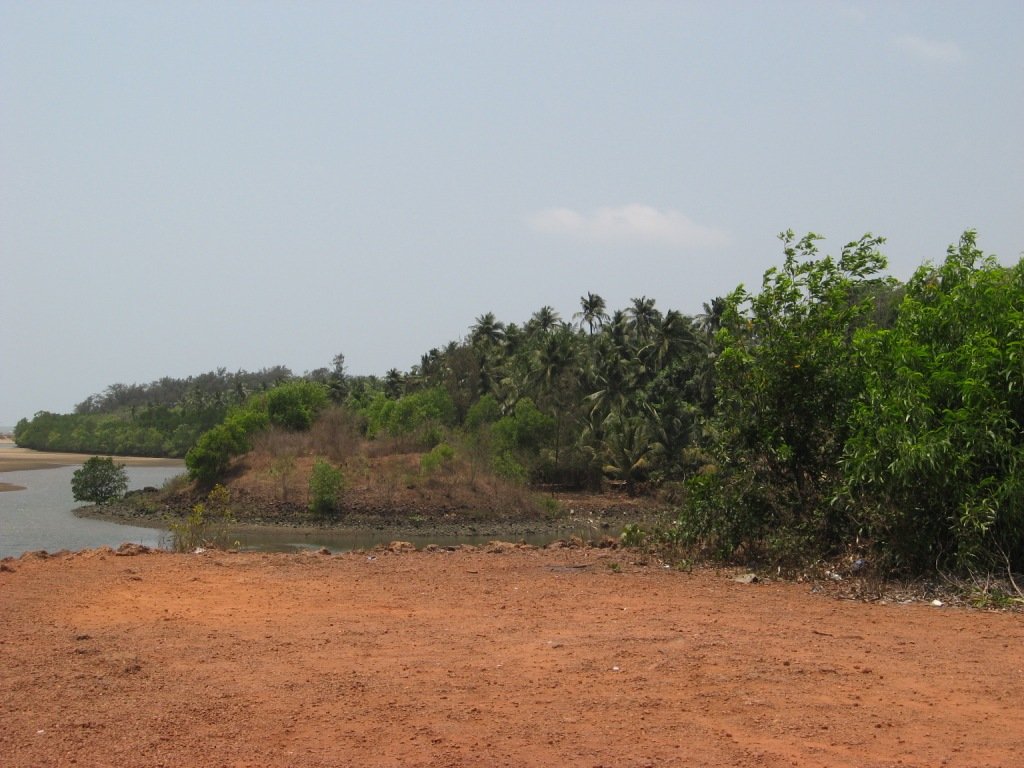
When mangroves vanish, the impact is swift and severe. Coastal communities find themselves unprotected against rising tides and storm surges. In the aftermath of the 2004 Indian Ocean tsunami, villages with intact mangrove forests suffered far less damage than those without. The cost of rebuilding after floods and storms soars, while lives and livelihoods are shattered. Insurance premiums rise, fisheries collapse, and families are forced to migrate. The absence of these natural barriers transforms once-thriving coastlines into battlegrounds against the elements.
Restoration Efforts: A Race Against Time
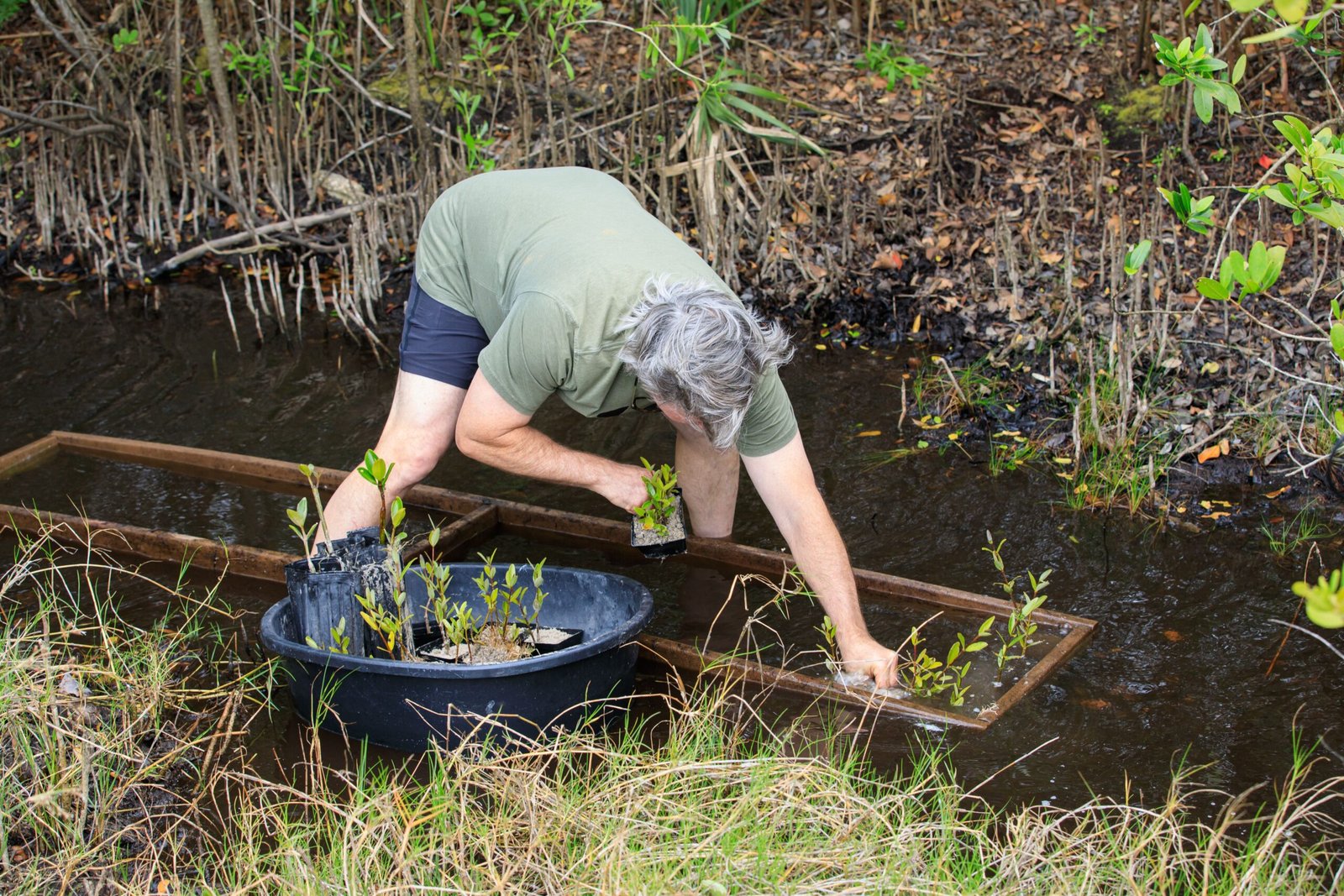
Around the world, scientists and conservationists are fighting to restore mangrove forests before it’s too late. Large-scale planting projects in countries like Indonesia, India, and Kenya are making progress, but challenges remain. Restoration is not as simple as planting new trees; the right species must be chosen, and the natural water flow must be restored. Success stories do exist—restored mangroves now protect entire villages, boost local fisheries, and attract wildlife. Yet, the clock is ticking, and restoration efforts must outpace ongoing destruction to make a meaningful difference.
Innovative Solutions and Community Involvement
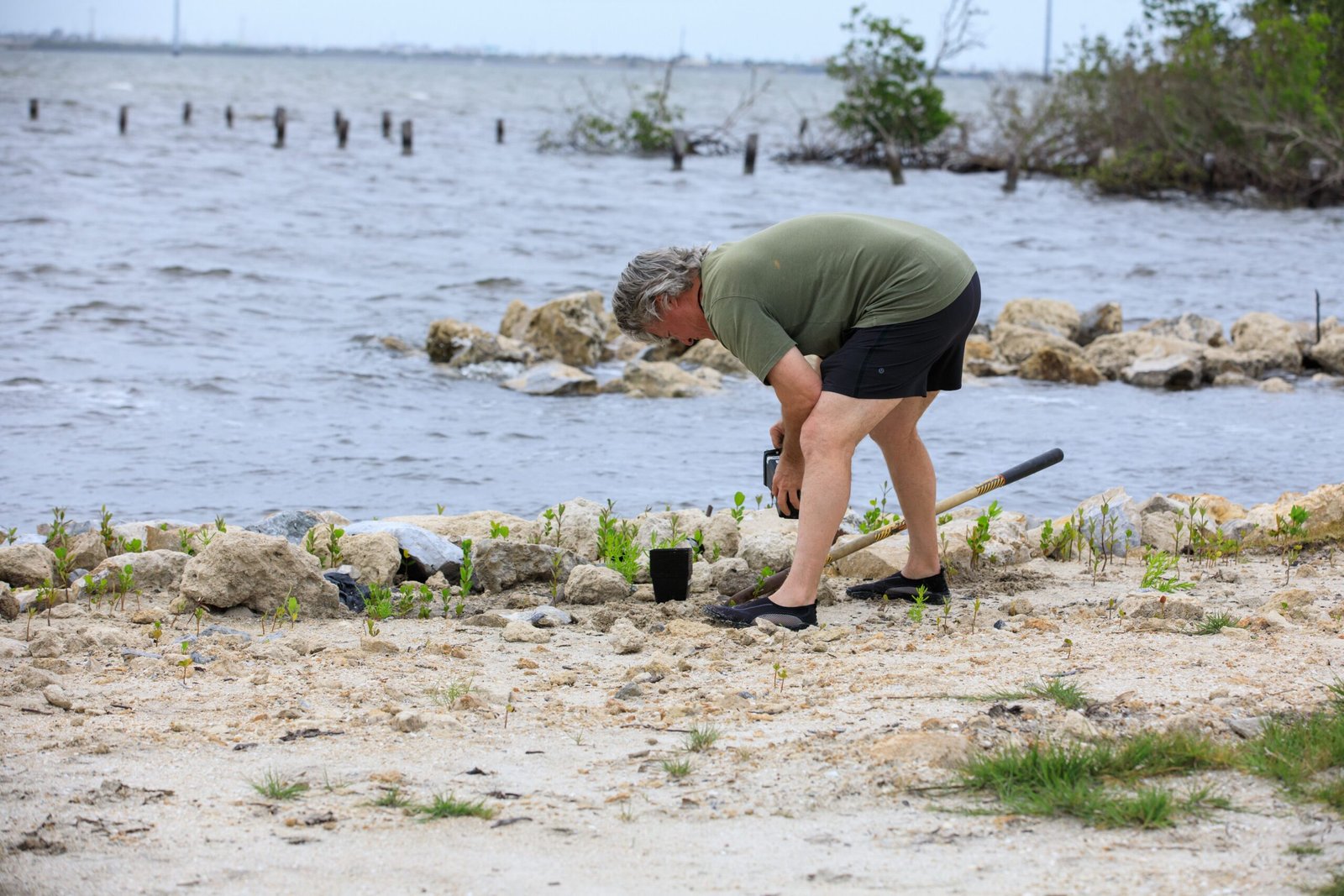
New strategies are emerging to protect and restore mangroves. Some communities are combining traditional knowledge with modern science, using local species and ancient planting techniques. Others are turning to eco-tourism, giving locals a reason to protect rather than clear the forests. Governments and NGOs are offering incentives for sustainable shrimp farming that doesn’t destroy mangroves. In places like Vietnam, “mangrove guardians” patrol the coasts, replanting and educating neighbors. Success depends on people coming together—because mangroves protect us only if we protect them in return.
Global Policies and Legal Protections
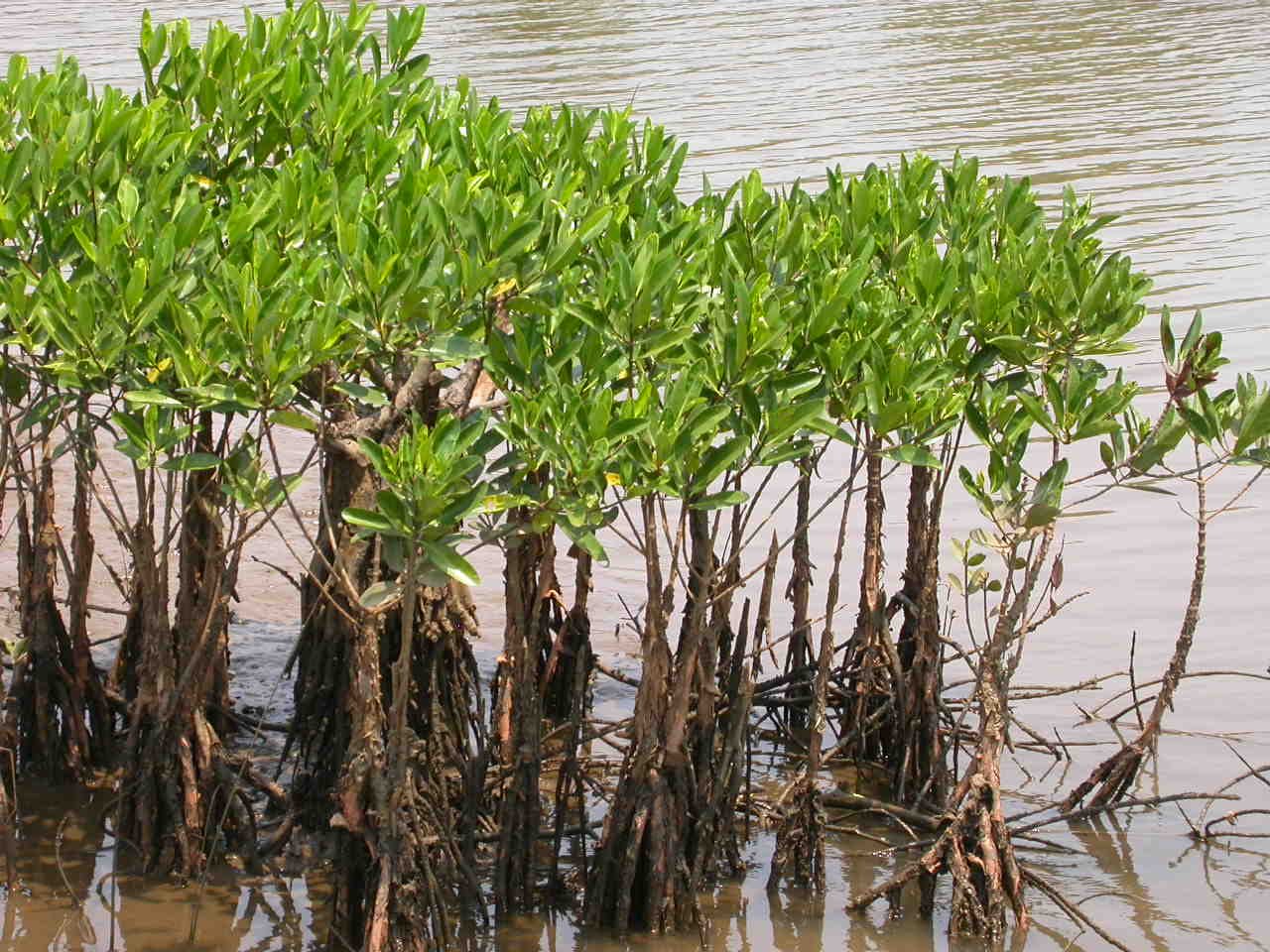
International agreements, such as the Ramsar Convention and the UN’s Sustainable Development Goals, recognize the value of mangroves. Some countries have enacted laws to prevent further loss and promote restoration. Protected areas are expanding, but enforcement remains a challenge. Legal protections are only as strong as the commitment behind them. Effective policy must balance economic needs with environmental realities, ensuring that mangrove conservation is seen not as a luxury, but as a necessity for national security and well-being.
The Role of Mangroves in a Changing World
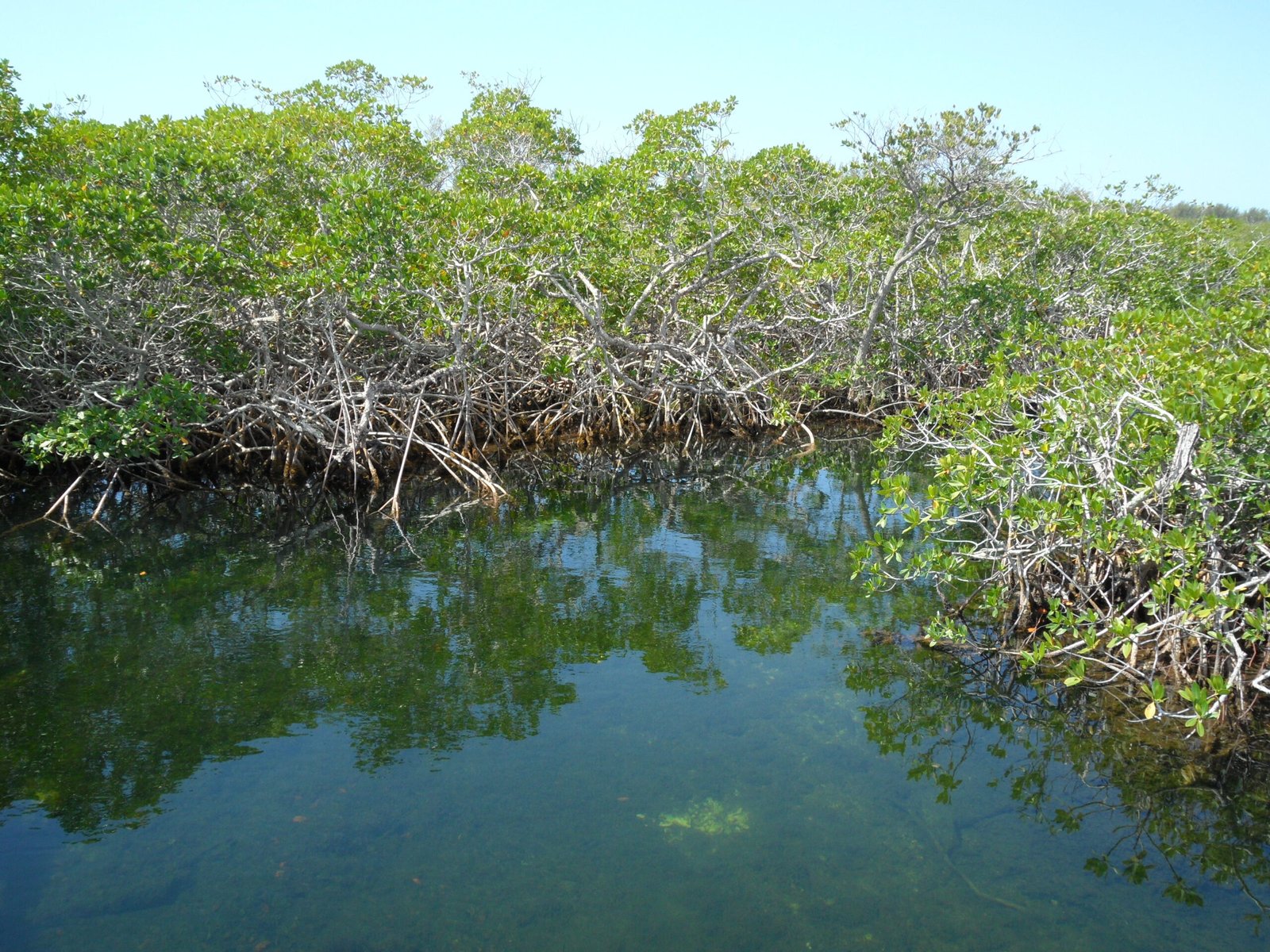
As the climate crisis accelerates, the world’s coastlines become more vulnerable. Rising sea levels, stronger storms, and unpredictable weather threaten millions. Mangroves offer a time-tested solution, but their survival hangs in the balance. Their ability to adapt, regrow, and protect depends on our actions now. Scientists warn that without urgent intervention, much of the world’s mangrove cover could disappear within decades. The fate of these forests will shape the future of coastal life as we know it.
What’s at Stake if Mangroves Disappear?
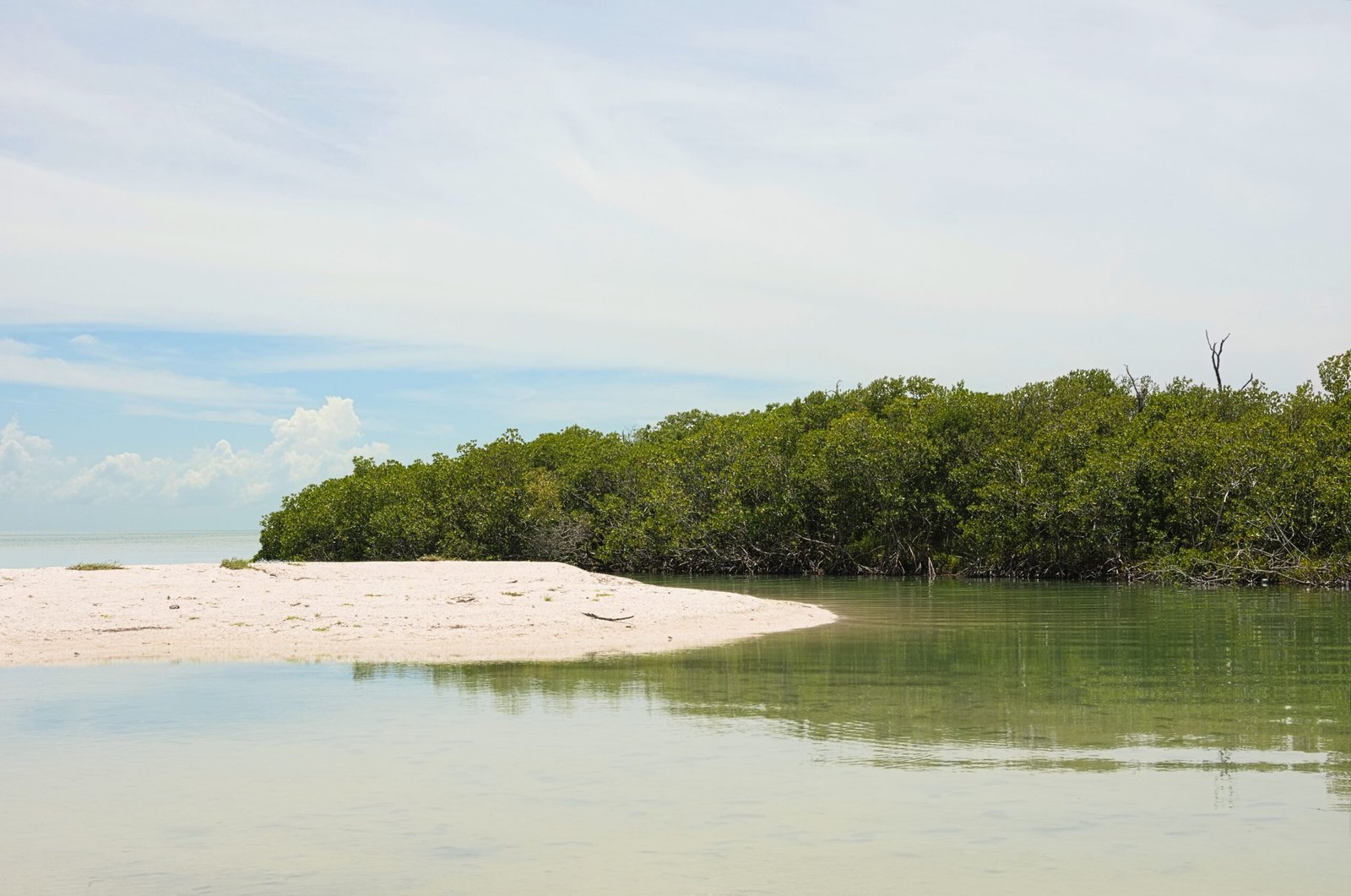
The loss of mangroves isn’t just an environmental issue; it’s a matter of survival for countless people and species. Flooded homes, lost jobs, vanishing wildlife, and rising emissions are just some of the consequences. The world stands at a crossroads: continue on a path of destruction, or rally to revive one of nature’s most vital defenses. The choice is stark, and the time to act is now. Mangroves are more than trees—they are nature’s shield, and their future is in our hands.



